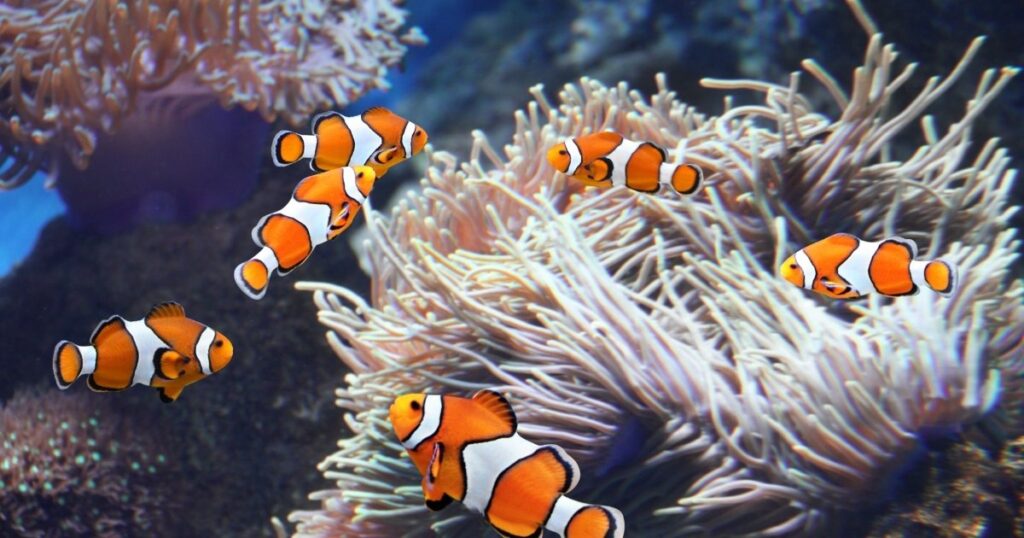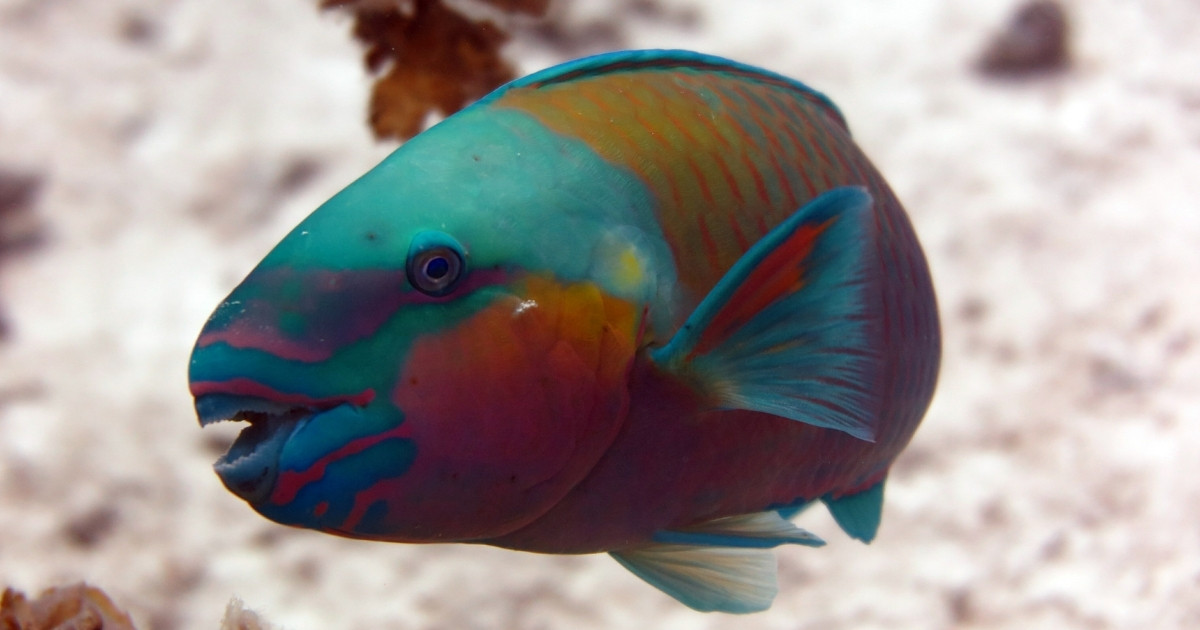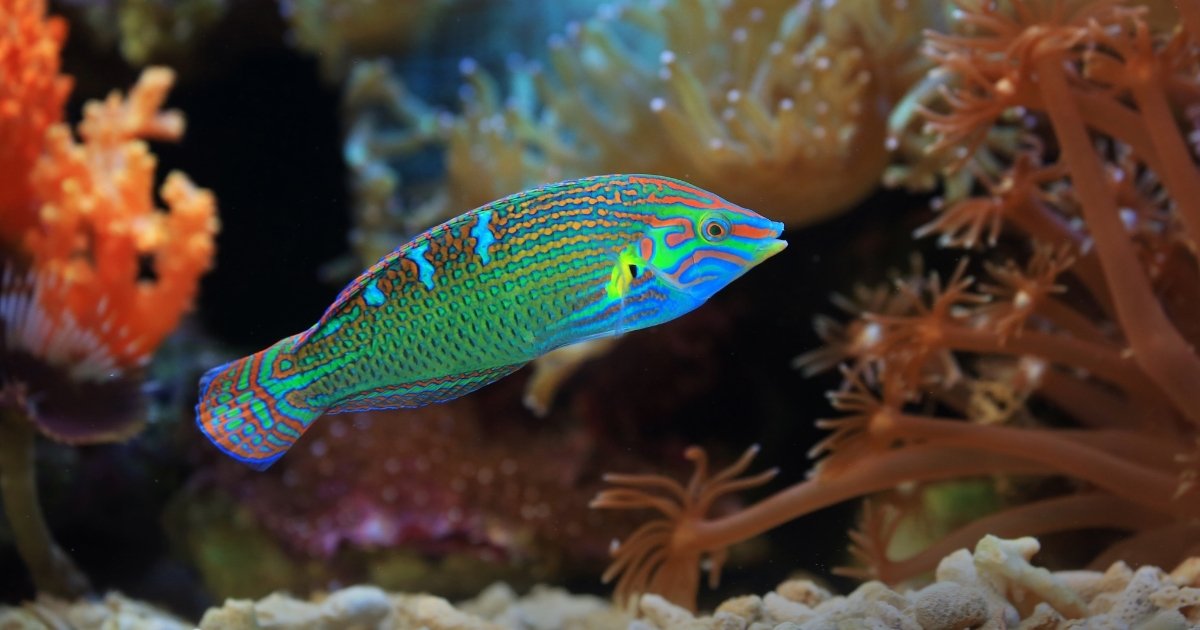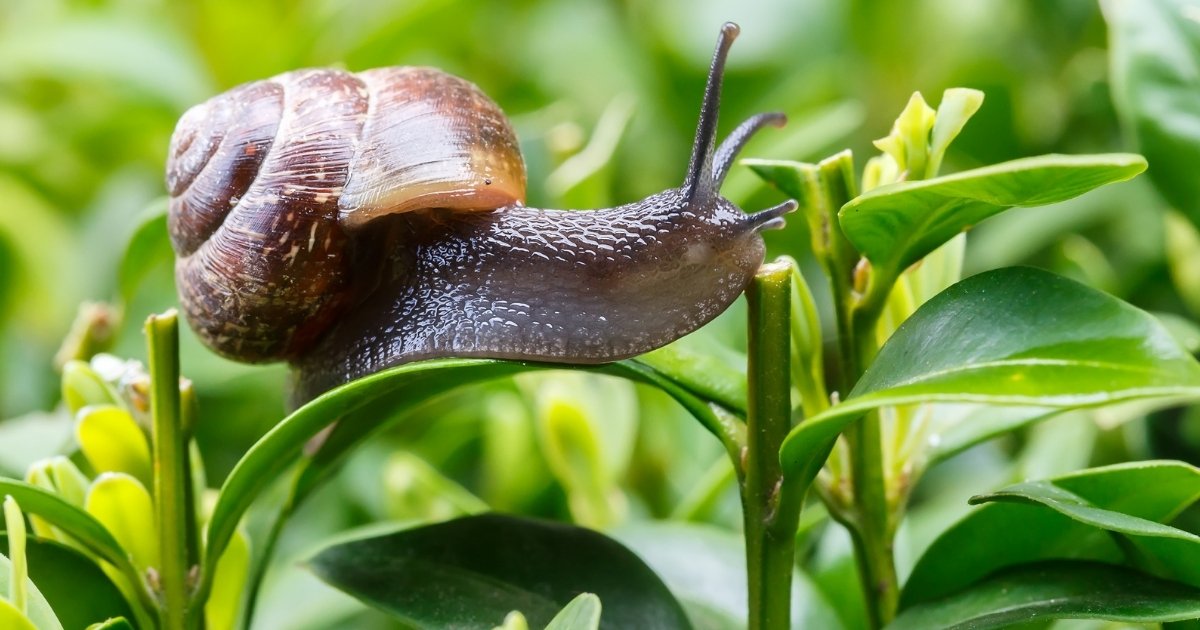
When Nature Changes Its Mind: The Animals That Can Switch Sex
Imagine swimming through a coral reef, sunlight scattering like spilled glitter across the water. A tiny male orange clownfish darts among anemones.
A few weeks later, that same fish might be… a mother.
It sounds like a fairytale, but it’s a fact of biology. Some animals can change their gender during their lives.
And maybe that’s one of nature’s quietest lessons: the world isn’t as rigid as we think.
When Science Meets Surprise
For centuries, biologists believed sex was fixed. A genetic coin toss that decided everything.
But then researchers started watching fish, mollusks, and amphibians more closely. They noticed something odd. A female would start producing sperm. A male would lay eggs. Entire communities seemed to reorganize themselves when one individual changed.
The scientific term is sequential hermaphroditism. It means an organism changes from one sex to another during its lifetime.
This isn’t mutation or magic. It’s adaptive biology — hormones shifting, organs reconfiguring, cells responding to social and environmental cues.
There are two main patterns:
- Protandry – male to female (like in clownfish).
- Protogyny – female to male (common in wrasses and parrotfish).
But beyond labels and Latin, there’s something poetic about it. Nature reshaping itself, not with haste, but with purpose.
Clownfish: When Nemo Becomes Mom
If you’ve ever watched Finding Nemo, you might be surprised to know that real clownfish families don’t quite match the Pixar script.
In nature, clownfish live in small groups led by a dominant female. Below her is the largest male, her mate. The rest are smaller, sexually immature males.
Now here’s the twist: if the female dies, the leading male changes sex. He becomes female, and the next male in line matures into her partner.
Marine biologist Dr. Justin Rhodes once described it as “one of the most elegant examples of biological flexibility.” The change involves not only gonads but also behavior, color patterns, and even dominance interactions.
It’s a tidy, almost mathematical way to maintain population balance. But beyond the science, it’s hard not to see a metaphor. When life removes one pillar, another adapts and steps up.
Parrotfish: Coral Queens in Disguise
Parrotfish look like someone spilled a painter’s palette across the sea — greens, blues, pinks shimmering under sunlight. But beneath that beauty is a social structure in motion. Many parrotfish begin life as females, then shift to become males, often more brightly colored and territorial.
In some species, this happens within weeks. It’s the biological equivalent of rearranging a symphony while it’s still playing.
These dominant males, sometimes called supermales, guard harems of females and defend feeding grounds on coral reefs.
There’s a curious link between their sex change and reef ecology: parrotfish help keep coral healthy by grazing on algae. Their shifts ensure genetic diversity and reproductive balance, which in turn maintains reef resilience.
So, when a female parrotfish decides it’s time to change, she isn’t just following instinct — she’s participating in the larger choreography of ocean health.

The Wrasse: Quick-Change Artists of the Sea
The wrasse, a small but striking reef fish, doesn’t wait for permission to reinvent itself. In many species, when the dominant male disappears, the largest female begins to transform.
Within hours, her colors intensify. Within days, her ovaries start producing sperm. Her behavior changes to be more assertive and territorial.
Scientists have documented these transitions happening in under two weeks. Imagine your entire reproductive system, hormones, and social role reconfiguring in that time frame. It’s staggering.
Hormones like estradiol (a form of estrogen) drop rapidly, while 11-ketotestosterone (a potent fish androgen) spikes. Genes regulating gonadal structure switch on and off like light switches.

When the Weather Decides Who You Are
While some species trigger sex change socially, others take their cues from nature itself. For certain reptiles, especially turtles and alligators, temperature decides sex long before hatching.
Warmer nests may produce more females, while cooler ones may produce more males. This is an elegant adaptation that ensures balance across generations.
In frogs and other amphibians, environmental factors can also disrupt or redirect sexual development. Some studies suggest that pollutants, especially endocrine disruptors like atrazine, can interfere with hormone pathways, leading to spontaneous sex reversals.
It’s a sobering reminder that human actions ripple outward, even into the hidden corners of ponds and wetlands. Nature’s flexibility is astonishing, but it’s not invincible.
Oysters, Snails, and the Slow Alchemy of Life
Let’s leave the reefs and marshes for a moment and wander down to the tide flats. Oysters, quiet architects of marine ecosystems, have their own secret.
Most oysters start life as males. As they grow and store more energy, many transition into females. Why? Because producing eggs requires more resources than sperm, and older, larger individuals can afford the cost.
It’s reproductive economics, plain and simple.
Some snails and slugs go even further by acting as both male and female simultaneously. A garden snail can fertilize another, then switch roles.
If you’ve ever wondered why your backyard seems mysteriously full of baby snails after a rain, now you know.
Their flexibility ensures survival even when mates are scarce. It’s an ancient insurance policy written into their DNA.

Fluidity, Not Chaos
Biologically speaking, these transformations aren’t mistakes or exceptions. They’re strategies. Evolution isn’t always about speed or strength; sometimes it’s about adaptability.
Sequential hermaphroditism allows populations to thrive even when sex ratios are skewed. It preserves genetic diversity, optimizes energy use, and stabilizes communities in unpredictable environments.
It’s one of nature’s quiet tools for balance.
And maybe — just maybe — it hints at something broader: that change isn’t inherently disruptive. It can be creative.
What This Teaches Us About Health and Adaptation
When you think about it, human biology has its own forms of transformation. Hormones shift throughout our lives (puberty, pregnancy, menopause, etc.). The endocrine system orchestrates these changes with astonishing precision.
Consider how estrogen levels influence brain chemistry, mood, and even memory. Or how testosterone and cortisol fluctuate with stress, sleep, and environment.
While humans don’t switch sexes, our physiology is anything but static. It bends, recalibrates, and compensates, much like those coral fish or oysters.
For women especially, this dance of hormones is central to everything from fertility to bone density. And yet, the cultural narrative often frames change — whether biological or emotional — as loss.
But nature disagrees. Change, it whispers, is a sign of resilience.
A Brief Detour: Lessons from Ecology
Spend time in a forest or by the sea, and you start noticing how nothing stays fixed. Leaves fall, corals bleach, rains shift. Yet the system persists.
Animals that can change sex aren’t anomalies; they’re extensions of this ecological rhythm. They show us that survival depends on fluid systems, whether it’s an ocean current, a gene, or a social hierarchy.
It’s a comforting thought: your body’s changes aren’t betrayals. They’re negotiations with life.
The Wisdom in Change
It’s easy to romanticize nature, but the real beauty lies in its pragmatism.
A clownfish doesn’t agonize over identity. A wrasse doesn’t hesitate before transforming. They respond, adjust, and evolve.
Maybe that’s the quiet message threaded through the coral reefs and oyster beds: flexibility is power.
The world around us doesn’t cling to a single version of itself. And neither should we.
Nature doesn’t fear change. It grows through it.


